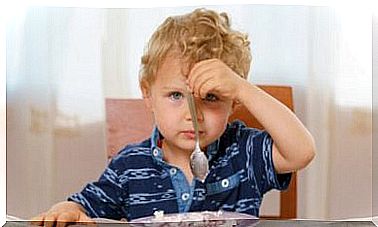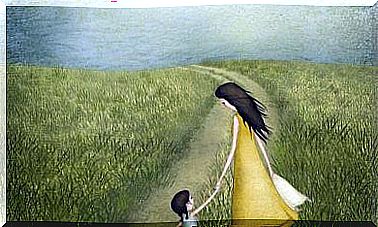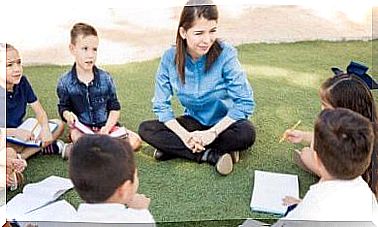The Separation From Caregivers
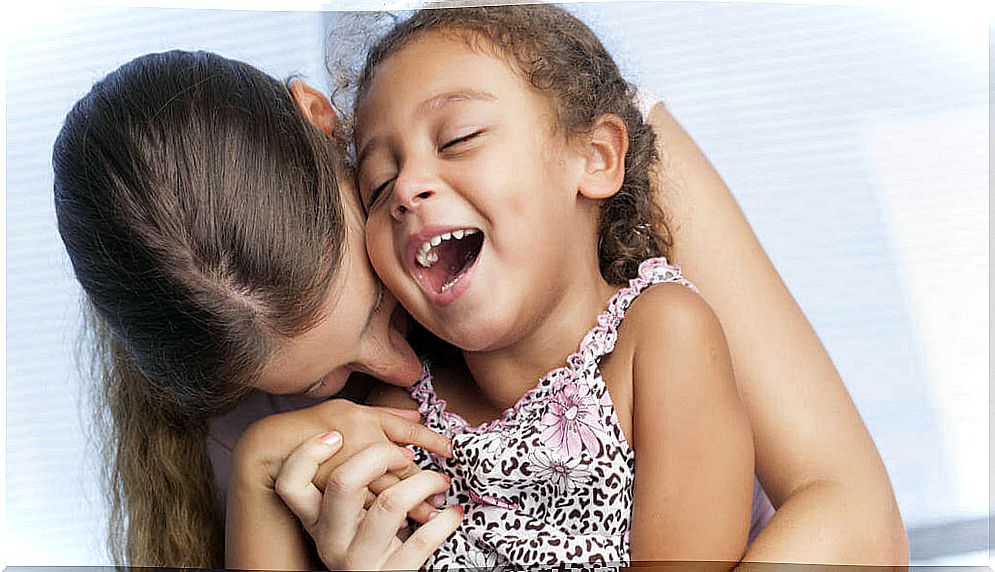
When a child grows up with love and affection from their caregivers , and that from birth, good development is guaranteed.
The child will then grow into a self-confident person who independently cultivates good relationships and brings with it good prerequisites for a successful life.
The word “attachment” in a child refers to the primary caregiver – usually the mother. It sees and fulfills all of the child’s biological needs. These express themselves in very different ways. The child smiles, it cries, it needs contact and speech and much more.
Emotional bond and stability
A secure bond with a caregiver ensures that the child is emotionally stable in his development. In contrast, difficult attachment can lead to insecurity, depression, and anxiety disorders.
How a mother treats her child is closely related to her personality and her own experiences in life. In addition, the child’s temperament also affects the behavior of the parents.
Independent and secure mothers are good caregivers. On the other hand, those who are undecided and who are still struggling with the past find it difficult to fulfill this role.
Positive emotional ties are conducive to learning. Children between 10 and 18 months begin to discover the world. If they know that there is always a protective person behind them, then it gives them a feeling of security.
Even if the bond with the caregiver already exists at 2 months, it is strongest at 2 years of age. At this time, a separation from important caregivers has harmful consequences for the child.
A separation (for example, when the caregiver goes back to work or the child goes to daycare) causes fear and pain for the child. When he understands that the parents are coming back, the child begins to learn not to be afraid.
Second-ranking people then come to the fore. This could be teachers, for example. This makes the children more independent. You then also want to discover the new surroundings.
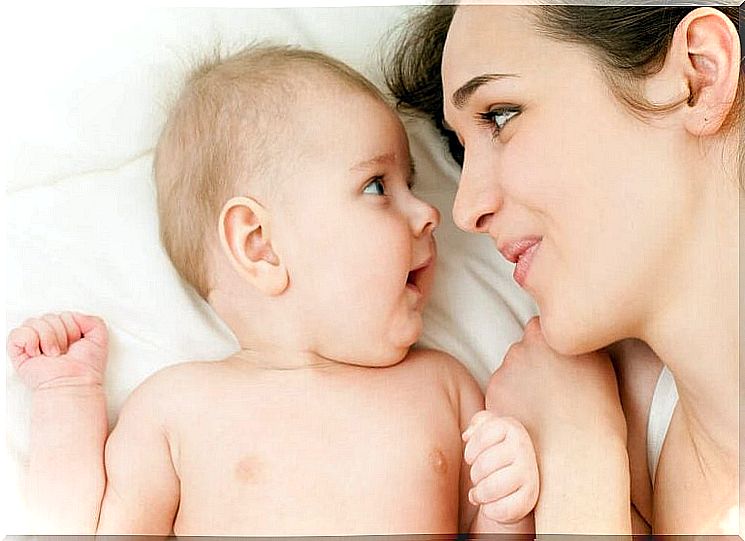
Stages of attachment
There are 4 phases of attachment:
- From birth up to 2 months afterwards, the child accepts anyone who offers comfort.
- After that, up to 7 months of age, the child usually does not protest when the parents leave.
- From the 7th to the 30th month, the child is afraid of strangers.
- In the fourth and last phase, leaving the person taking care no longer triggers sadness.
Once established, a bond is secure. This bond is based on parental care. Mother and father are the first caregivers. They respond to the needs of the child and the child grows up self-confidently.
Fear and insecurity
With insecure attachments, care is inadequate. On the one hand there is an avoidance of attachment, whereby the child trusts himself but not others.
In the case of ambivalent attachment, on the other hand, the child has a negative image of himself and a positive image of others.
If caregivers are separated before the 6th month, the consequences are not that bad. The child can get used to short and regular periods of time.
From the 6th month to 2 years, a long separation from the caregiver will cause problems.
Losing a caregiver can have serious consequences for a child’s personality. For example, adoption or an extended stay in hospital can have long-term consequences.
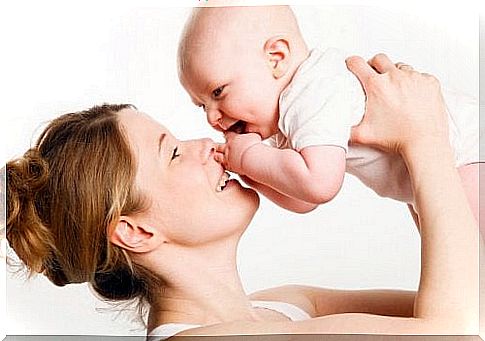
The consequences of a separation from caregivers
In the short term, a breakup leads to stress, anxiety, and depression.
If the child cannot develop new relationship patterns, then the separation can also have long-term consequences. There may be a delay in development in various areas. In addition, problems in interpersonal relationships are common.
But amazingly, the separation anxiety of caregivers affects adults more than children. 7% of adults are affected and 4% of children. what we mean by this is the fear of losing the person who provides protection and affection.
This is particularly pronounced between the ages of one and 6 years. It shows up in outbursts of anger and tears.
If this condition persists, then there is a problem. This applies to both adults and children. It leads to permanent fears, for example the fear of being alone or the fear of leaving the house. The death of a caregiver takes the person with it. Often nightmares are the result.
Symptoms also include headache and stomach ache, dizziness and nausea. If these symptoms persist for more than 4 to 6 weeks, a doctor should be consulted.
Relationships with children do not come about through material things. What makes a good and strong relationship with children is, above all, speaking and listening. This is valuable time that makes a relationship lasting.
This is the only way to prevent the separation from a caregiver from leaving behind trauma.



